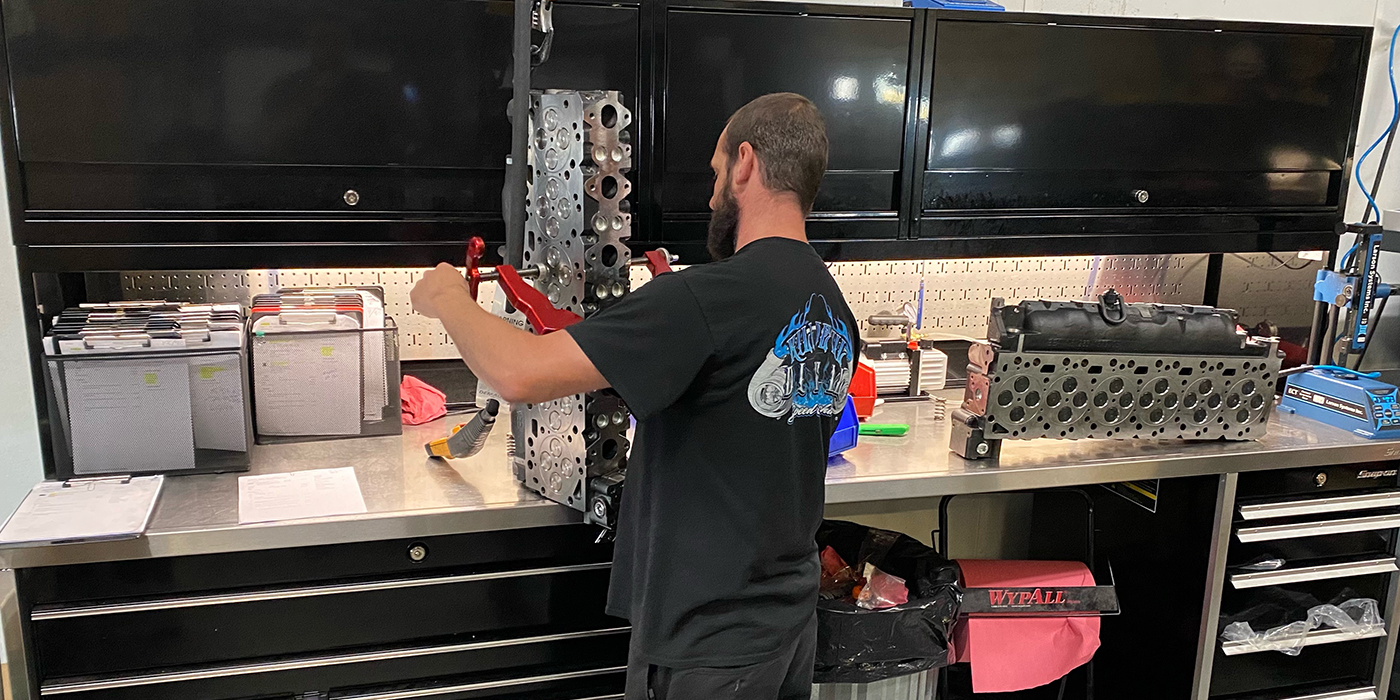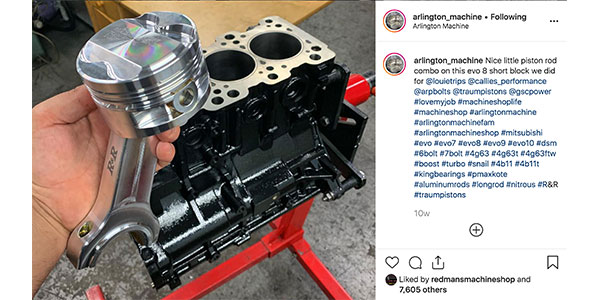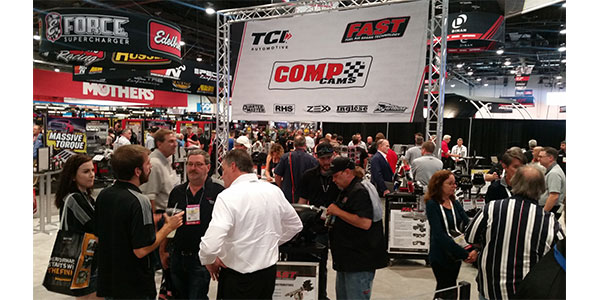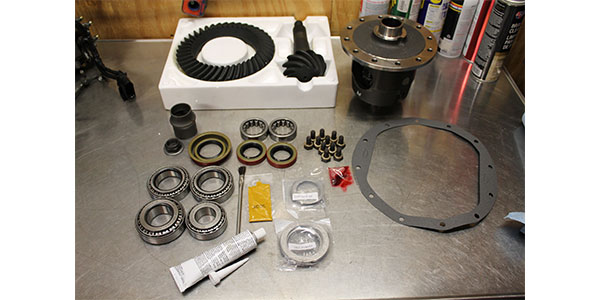 The following suggestions will help your business improve its cash flow
The following suggestions will help your business improve its cash flow
and tighten up its credit and collections policies. Some of the tips
discussed here may not be suitable for every business, but can serve as
general guidelines to give your company more financial stability.
• Define Your Policy: Define and stick to concrete
credit guidelines. Your sales force should not sell to customers who are
not credit-worthy, or who have become delinquent. You should also
clearly delineate what leeway sales people have to vary from these
guidelines in attempting to attract customers.
Tip: You should have a system of controls for checking out a
potential customer’s credit, and it should be used before an order is
shipped. Further, there should be clear communication between the
accounting department and the sales department as to current customers
who become delinquent.
• Clearly Explain Your Payment Policy: Invoices should
contain clear written information about how much time customers have to
pay, and what will happen if they exceed those limits.
Tip: Make sure invoices include a telephone number and website
address so customers can contact you with billing questions. Also
include a pre-addressed envelope.
Tip 2: The faster invoices are sent, the faster you receive
payment. For most businesses, it’s best to send an invoice with a
shipment, rather than afterward in a separate mailing.
• Follow Through on Your Stated Terms: If your policy
stipulates that late payers will go into collection after 60 days, then
you must stick to that policy. A member of your staff (but not a
salesperson) should call all late payers and politely request payment.
Accounts of those who exceed your payment deadlines should be penalized
and/or sent into collection, if that is your stated policy.
• Train Staff Appropriately: The person you designate
to make calls to delinquent customers must be apprised of the
seriousness and professionalism required for the task.
Here is a suggested routine for calls to delinquent payers:
– Become familiar with the account’s history and any past and present invoices.
– Call the customer and ask to speak with whoever has the authority to make the payment.
– Demand payment in plain, non-apologetic terms.
– If the customer offers payment, ask for specific dates and terms. If
no payment is offered, tell the customer what the consequences will be.
– Take notes on the conversation.
– Make a follow-up call if no payment is received and refer to the notes taken as to any promised payments.
Richard
L. Lipton CPA & Associates LLC, located in Florham Park, N.J.,
draws on its founder’s 10 years as a stockholder and manager of
family-owned automotive business in Paterson, N.J. You may reach by email at [email protected].










